By Brett Wilkins Driven significantly by dramatically reduced fossil fuel imports following Russia’s invasion of Ukraine, solar production soared nearly 50% in the European Union...
Archive for tag: Renewable Energy
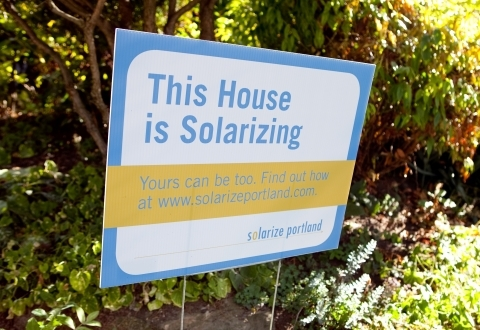
Solarize: the Grassroots Initiative that Cut Solar Costs up to 35%
By Jerold Brito Back in 2009, solar panels were not nearly as widely used as they are today. At the time, solar power generation in the...
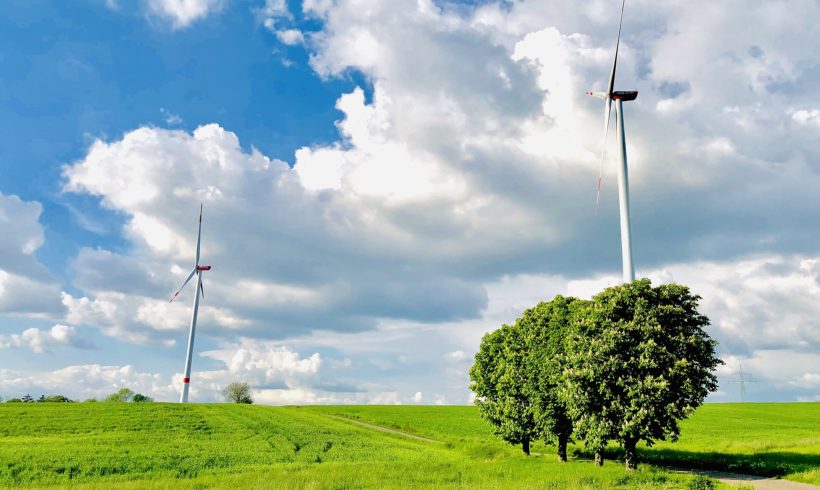
‘The Future of Energy? Bright and Breezy’: IEA Forecasts Huge Growth in Solar and Wind
By Jessica Corbett Renewable power sources grew at their fastest rate in two decades last year—an increase that is set to become the “new normal.”...
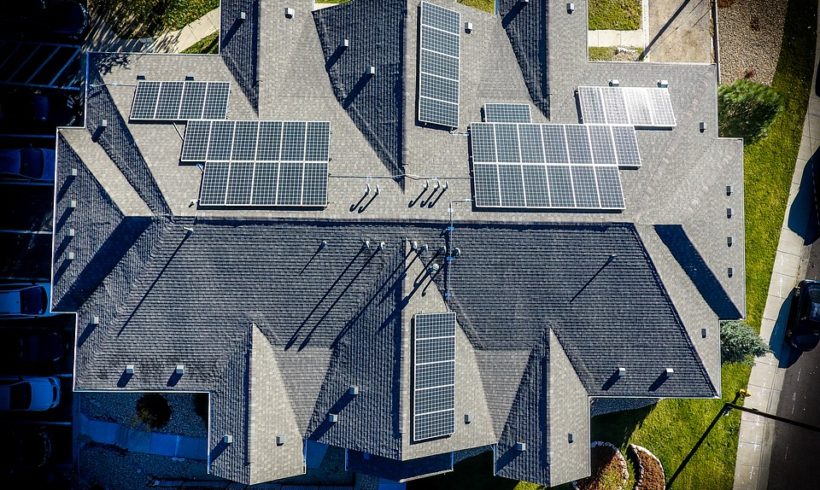
Investing in Sustainable Energy for Your Home
By MIRIAM ACZEL For most homeowners, it’s in their best interest to take the time to reassess their energy usage at home. If you’re finding...
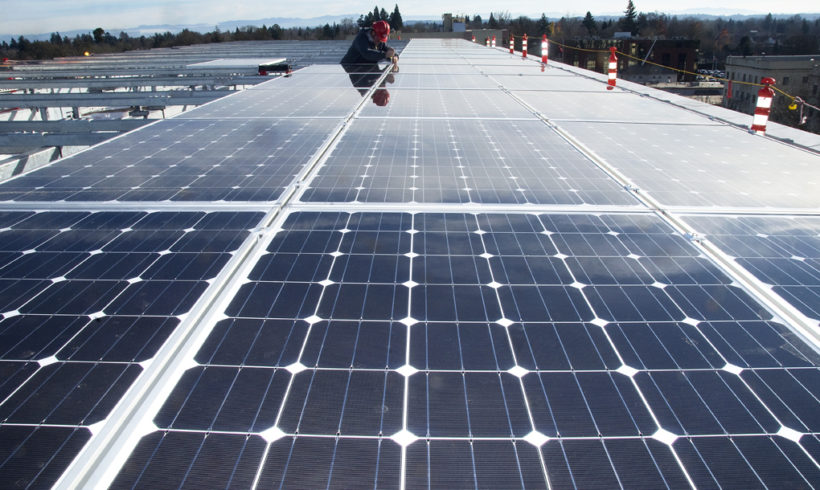
Virginia’s rural co-ops learning lessons with community solar
Last month, the Virginia State Corporation Commission (SCC) approved three-year pilot community solar programs for four distribution co-ops served by the Old Dominion Electric Cooperative (ODEC), based in the Richmond suburb of Glen Allen. They are A&N, Mecklenburg, Northern Neck and Rappahannock. In addition, applications by two other distribution co-ops also served by Old Dominion — Shenandoah Valley and Southside — are pending before the SCC.
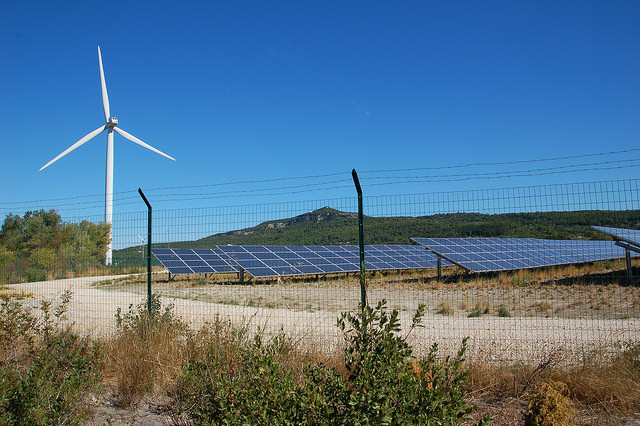
France’s Energy Future with Macron at the Helm
France is in the enviable position of having among the lowest energy costs in Europe, coupled with low carbon emissions--thanks to 58 nuclear plants that provide 75% of France’s total energy consumption. As a result of nuclear investment, France is currently the largest net-exporter of energy in the world, bringing in revenues estimated at 3 billion euros annually.
But the French nuclear plants were designed with an expected 40-year life-span, and their average age is now 35 years. And France, while using a high percentage of recycled nuclear fuel in power production, still faces the problem of how to handle waste products. Thus, the government faces a choice: invest in renewing the fleet of nuclear plants or invest in renewables—or support a mix of the two. Decommissioning old nuclear plants, building a new generation of plants, developing a system of renewables—all these options come with significant price tags.

Cambodia’s Renewable Energy Prospects
Cambodia has made great strides in its efforts to develop its economy and improve the standard of living of its mostly rural population, with current GDP growth rate hovering around 7%. But a 2016 WWF report claimed that more than 6 million Cambodians still lacked access to energy, and Cambodia’s developing industries—particularly textiles—are energy-hungry. Cambodia developed a blueprint for development in 2013, Rectangular Strategy, Phase III, that identifies cheaper energy sources for households and business/industrial consumers as key to continuing development. The report says that while large-scale hydro and coal-fired plants have thus far been the preferred strategy due to their high generation potential and low production costs, diversifying energy sources to reduce fossil fuel reliance is also an important goal going forward.
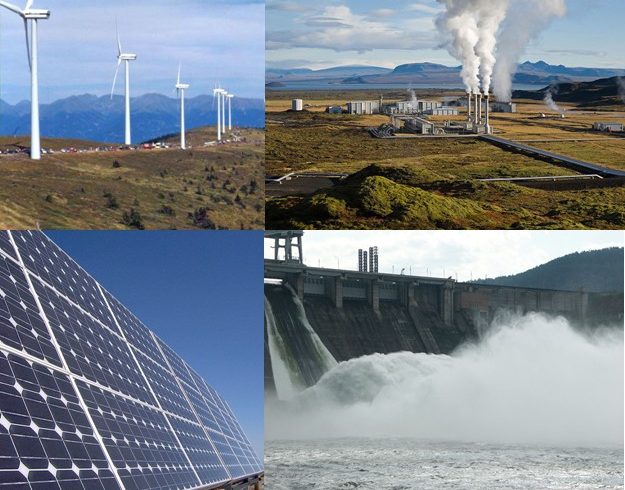
Why Domestic REC’s Should Take Precedence in Maryland
Maryland’s Renewable Energy Portfolio Standard (RPS) serves two purposes: to promote the growth of a renewable energy industry, and to increase the production of renewable energy resources in the state.
The Renewable Portfolio Standards are often touted as a policy that has generated both economic benefits and jobs in the state. But the data presented here shows that these claims may not hold up.
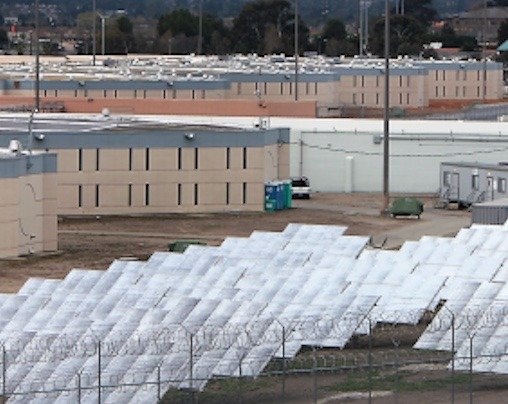
Resilience in small packages
Cyberattacks, natural disasters, including flooding, snow and ice storms, droughts, in addition to aging infrastructure, and other factors all lead to vulnerability in a system faced with increasing demand. When one part of this complex system fails, as can happen when a storm knocks down a wire or pole, other parts are affected. Enter the microgrid—a local energy distribution system that offers backup generation if the central grid fails.
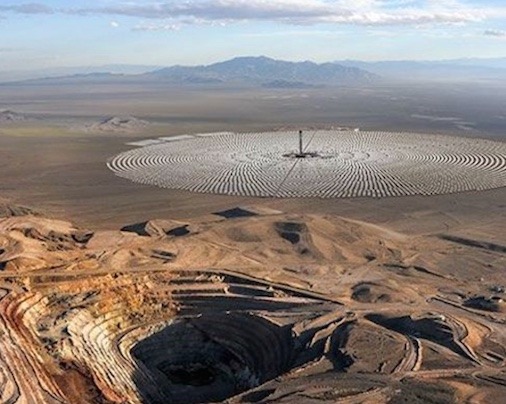
Energy Urgency: Why the Global Mining Industry is Embracing Renewables
In recent months, events across three continents showed how clean energy use by the mining industry, which consumes 11 percent of global energy, can mitigate climate change on a planet where 2,000 mechanized mines struggle with fuel prices, carbon emissions and ever-increasing logistical challenges.
- 1
- 2


